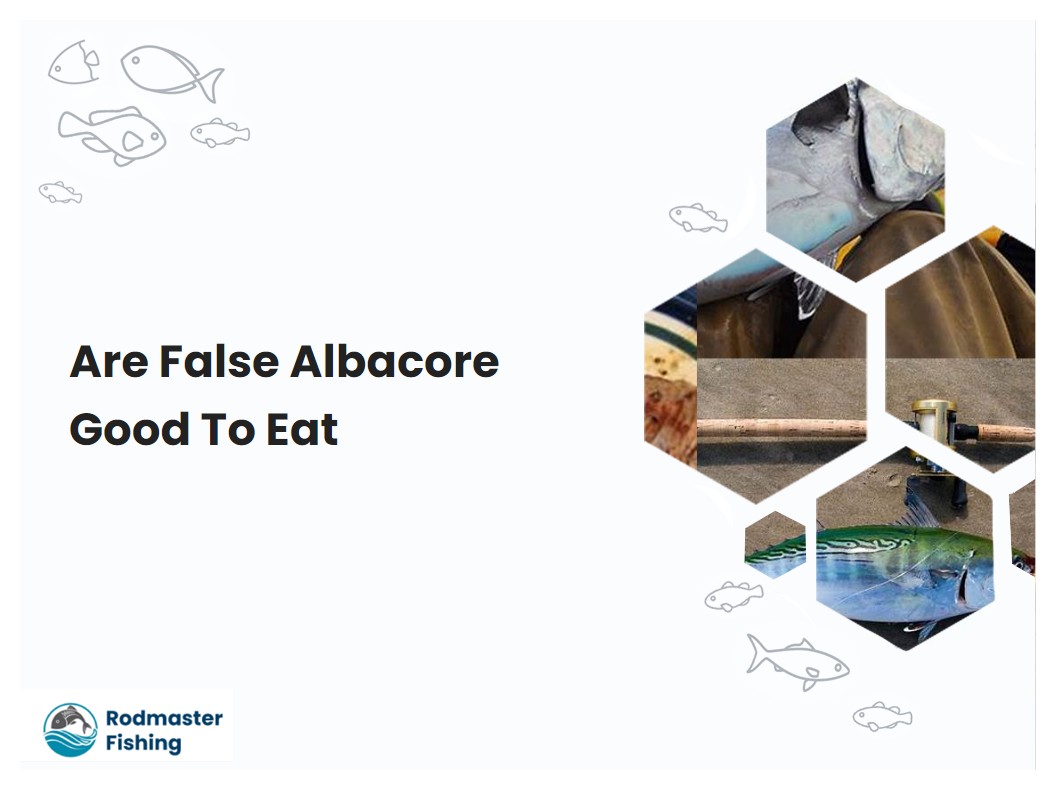Are False Albacore Good To Eat
Eating albacore fake is not considered to be a good idea, as the flesh of false albacore is dark and coarse in texture, making them a rough fish that is not typically consumed. According to Grandcanyontu.org, false albacore are not typically thought of as good to eat. False albacore are not as high in omega-3 fatty acids as other fish species, making them less desirable for consumption.

Eating albacore fake is not considered to be a good idea, as the flesh of false albacore is dark and coarse in texture, making them a "rough" fish that is not typically consumed. According to Grandcanyontu.org, false albacore are not typically thought of as good to eat. False albacore are not as high in omega-3 fatty acids as other fish species, making them less desirable for consumption.
Can Albacore be frozen?
Yes, you can eat Albies, but they must be frozen at -4F for 7 days to destroy any parasites present. This is according to a Recipe: Yes, You Can Eat Albies! article published on On The Water in 2020. This same precaution should be taken for other types of fish eaten for sushi such as Wild salmon or fluke.
What do Albacore fish eat?
The diet of Albacore fish consists mainly of baitfish, as well as crustaceans and squids. According to Orvis News, albies often drive bait to the surface or into shore in order to concentrate their food. Albacore are schooling fish that feed in groups.
What is false albacore tuna?
False Albacore are considered good to eat and can be a milder-flavored alternative to regular Albacore tuna. According to Up Ice Fishing, False Albacore is smaller than their counterparts and has a milder flavor which some people find appealing. False Albacore are common in the Atlantic and Mediterranean oceans.
Can albacore be eaten?
False albacore are an exciting fish to catch, but not necessarily a delicious one to eat according to local fishermen. Despite this, research from the Cape & Islands Office of Coastal Zone Management has shown that false albacore can in fact be a safe and tasty option for those looking for a unique seafood experience.
False albacore is one of the Atlantic's finest game fish on ultra-light tackle, and possibly edible if prepared properly, according to a report from The Telegram on October 4th, 2011. False albacore is also known as the bonefish of the North and is known to provide an enjoyable fishing experience. Boats may have difficulty keeping up with the speed of false albacore due to its quick swimming ability.
False albacore can be eaten as a healthy source of nutrition, providing 191 calories per 100 grams, as well as valuable amounts of minerals, fatty acids, and other nutrients.
What is false albacore?
Coastal Review has released an article about false albacore, providing in-depth and investigative reporting on the species. The article looks at the characteristics of false albacore and how they are distributed across coastal waters. It also offers insight into the fish's role in the local ecosystem and how anglers can responsibly target the species.
Is albacore edible?
False albacore is an abundant species of fish found in the Atlantic and Mediterranean, yet they are often considered inedible by anglers. Last fall, one person decided to test this assumption and found that false albacore meat is actually a strong, desirable eating experience.
False Albacore is a good choice for people who want to add more fish to their diet, as it can be enjoyed raw for its delicate flavor. According to Up Ice Fishing, False Albacore has a mild flavor and is best consumed fresh and raw. As an added benefit, Albacore sushi is popular in Japanese cuisine and has a mild sweetness with a hint of the ocean.
False albacore can be made into a tasty dish with the right preparation techniques, as demonstrated by The Bass Barn forum in 2010. With creative cooking methods and ingredients, it is possible to turn an inexpensive fish into a delicious meal. False albacore are a sustainable fishing choice that can be used as an alternative to other overfished species.
False Albacore is not popularly consumed in the U.S. due to its dark and coarse texture, although it is eaten in other parts of its range. According to Orvis News, the first cold front of autumn usually kicks off a period of increased activity for false albacore, making it a popular target for anglers.
False albacore can be difficult to catch, as they do not respond consistently to any one particular method. Research has shown that anglers often have more success when they vary their techniques and switch back and forth between different methods.
False albacore is a type of farm-raised tuna that is meant to look like albacore, the more expensive tuna. While some claim that false albacore is safe to eat, there is not enough research yet to determine its safety, so it is best to avoid consuming it.
Should anglers target albacore?
False albacore have no value in the commercial fishing industry, so anglers should focus on catching them for recreational purposes. According to On The Water Web, false albacore can be caught by anglers using a variety of lures and techniques. False albacore are distinguished from bonito by their black lateral lines, larger eye spots, and lack of stripes on the dorsal fin.
Can you eat Albies safely?
Yes, you can eat Albies safely by freezing them at -4F for 7 days to destroy any parasites. According to On The Water Web, the recipe for eating Albies requires the fish to be partially uncooked and then frozen for the recommended amount of time. Research has found that Albies are high in Omega-3 fatty acids, making them a healthy source of protein.
Can bonito fish be eaten?
Yes, bonito fish is edible and can be cooked in a variety of ways. According to Catch and Fillet, bonito is a great fish to catch and cook without having to venture far from the shore. Bonito is also a good source of omega-3 fatty acids and contains high amounts of vitamins and minerals.
What types of tuna are available?
If you eat tuna, you should be aware that there are five types of tuna available: albacore, skipjack, yellowfin, bigeye, and longtail. According to Greenpeace USA's "Eat Tuna, Know Fish" webpage, albacore is a cooler water tuna that can be found in waters off the U.S.'s west and east coasts, and is known for having an unusually long pectoral fin.
What does the little tunny eat?
The little tunny is a species of tuna found in the Atlantic Ocean that has a diet that mainly consists of sardines, scad, anchovies, squid, stomatopods, and organisms from the family Diogenidae. Depending on its size, it can also feed on smaller clupeiforms and larvae or larger Maurolicus muelleri.





